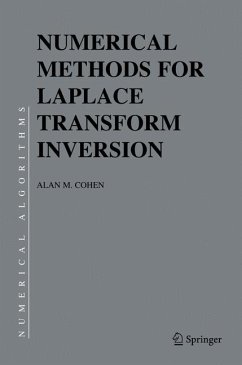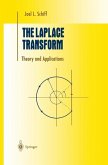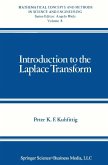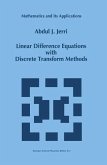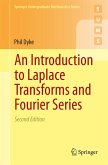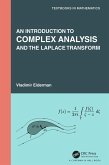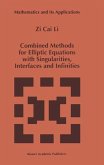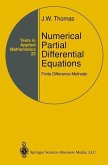The advent of computers has given an impetus to developing numerical methods for the determination of the inverse Laplace transform. This book gives background material on the theory of Laplace transforms together with a comprehensive list of methods that are available at the current time. Computer programs are included for those methods that perform consistently well on a wide range of Laplace transforms.
Audience
This book is intended for engineers, scientists, mathematicians, statisticians and financial planners.
Dieser Download kann aus rechtlichen Gründen nur mit Rechnungsadresse in A, B, BG, CY, CZ, D, DK, EW, E, FIN, F, GR, HR, H, IRL, I, LT, L, LR, M, NL, PL, P, R, S, SLO, SK ausgeliefert werden.

